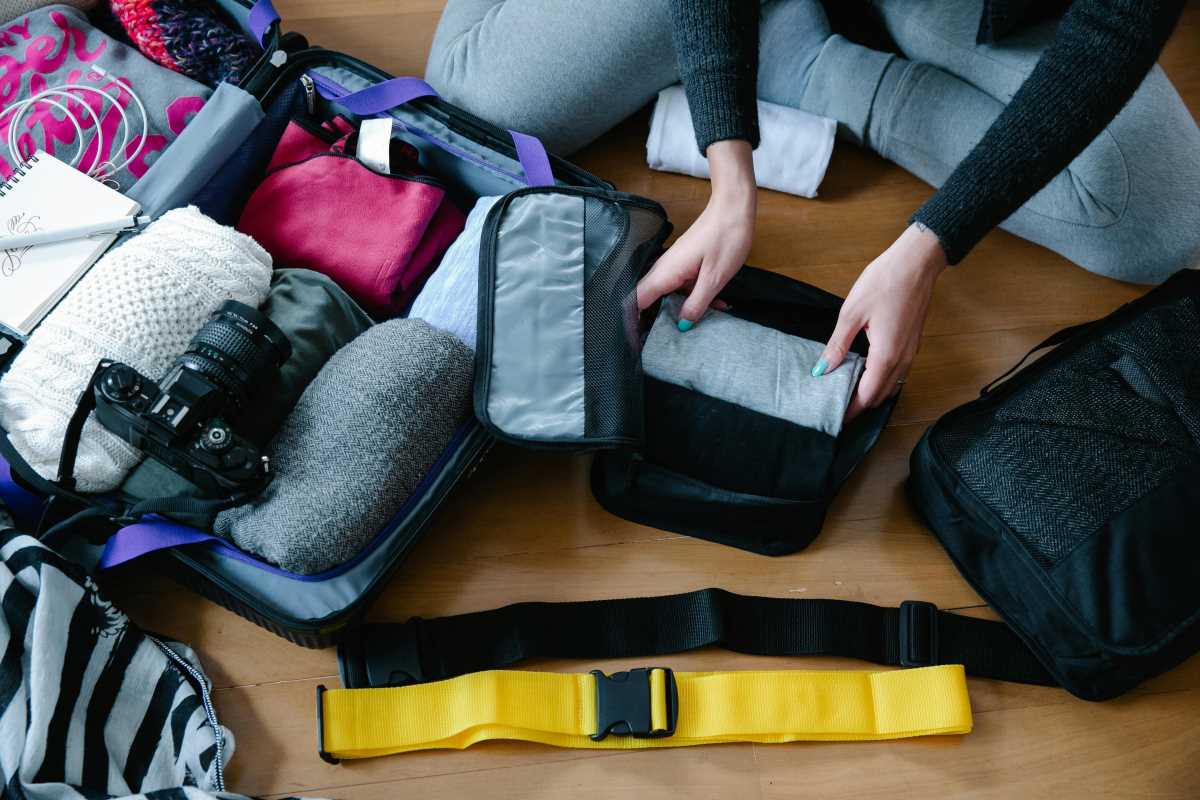Have you ever looked closely at the world around you and wondered what tiny details lie hidden just beyond the naked eye? Photographing tiny worlds opens up a fascinating realm where everyday objects transform into extraordinary subjects. This innovative approach challenges photographers to think differently and allows them to uncover the intricate beauty that often goes unnoticed. Whether you're a seasoned photographer or just starting out, exploring the miniature can bring a fresh perspective to your work and ignite your creative spirit.
Understanding Macro Photography
Macro photography is about capturing subjects at a life-size or more extensive scale, revealing details that are typically invisible to the naked eye. This genre focuses on small objects like insects, flowers, textures, and everyday items, turning them into stunning visual stories. By emphasizing detail, texture, and color, macro photography transforms ordinary scenes into captivating images that showcase the hidden complexities of our environment.
At its core, macro photography requires patience and precision. Unlike other photography styles, where distance between the subject and the camera can be maintained, macro photography demands a much closer approach. This proximity allows photographers to explore the intricate patterns, vibrant colors, and fascinating structures that make each small subject unique.
Essential Equipment for Tiny Worlds
To successfully photograph tiny worlds, having the right equipment is crucial. While it's possible to experiment with basic gear, investing in specialized tools can significantly enhance the quality and detail of your images. Here's a rundown of essential equipment that can help you capture stunning macro photographs:
- Macro Lens: A dedicated macro lens is designed to focus at very close distances, allowing you to achieve the high magnification necessary for detailed shots.
- Tripod: Stability is key in macro photography. A sturdy tripod helps eliminate camera shake, ensuring sharp and clear images.
- Extension Tubes: These are placed between your camera body and lens to decrease the minimum focusing distance, enabling closer shots without affecting image quality.
- Ring Light or Macro Flash: Proper lighting can make or break a macro shot. Specialized lighting equipment provides even illumination and reduces harsh shadows.
- Focus Rail: This tool allows for precise focusing by making small adjustments to the camera's position, which is particularly useful for achieving critical sharpness.
Innovative Techniques for Capturing Tiny Worlds
Mastering macro photography involves more than just having the right gear; it also requires creative techniques to highlight the subject's unique features. Here are some innovative methods to elevate your macro photography skills:
- Use a 1:1 Magnification: Shooting at life-size magnification allows you to capture every minute detail of your subject, from the veins of a leaf to the intricate wings of a butterfly.
- Backlighting: Positioning your light source behind the subject can create a glowing effect, highlighting transparency and adding depth to your images.
- Reflectors and Diffusers: These tools help control light intensity and direction, reducing unwanted shadows and enhancing the subject's natural colors.
- Focus Stacking: Combining multiple images taken at different focus points can increase the depth of field, ensuring that both the foreground and background elements are sharp.
- Selective Focus: Emphasizing specific parts of the subject while intentionally blurring others can draw attention to the most important details and add a sense of depth.
Lighting and Composition Tips
- Natural Light Utilization: Whenever possible, use natural sunlight to illuminate your subjects. Early morning or late afternoon light provides soft, diffused lighting that enhances textures and colors.
- Avoid Harsh Shadows: Position your subject away from direct light sources to minimize harsh shadows. Alternatively, use diffusers to soften the light and create a more even exposure.
- Enhance Depth: Incorporate foreground and background elements to add layers to your composition. This technique creates a three-dimensional effect and makes the image more engaging.
- Rule of Thirds: Apply the rule of thirds to place your subject off-center, creating a more dynamic and balanced composition.
- Use Negative Space: Surrounding your subject with empty space can emphasize its details and make the image feel less cluttered.
Creative Experimentation
One of the most exciting aspects of macro photography is the opportunity to experiment with different techniques and perspectives. Don't be afraid to try unconventional methods or mix various styles to discover what works best for you. For instance, combining macro with abstract photography can result in unique and intriguing images that challenge traditional perceptions.
Experimenting with different angles, lighting setups, and backgrounds can also lead to unexpected and visually striking results. Try flipping your subject upside down, using mirrors for reflections, or incorporating colorful gels to create vibrant effects. The key is to continuously push your creative boundaries and explore new possibilities within the miniature world you are capturing.
So grab your camera, explore the miniature, and let your creativity flourish as you capture the mesmerizing tiny worlds around you.
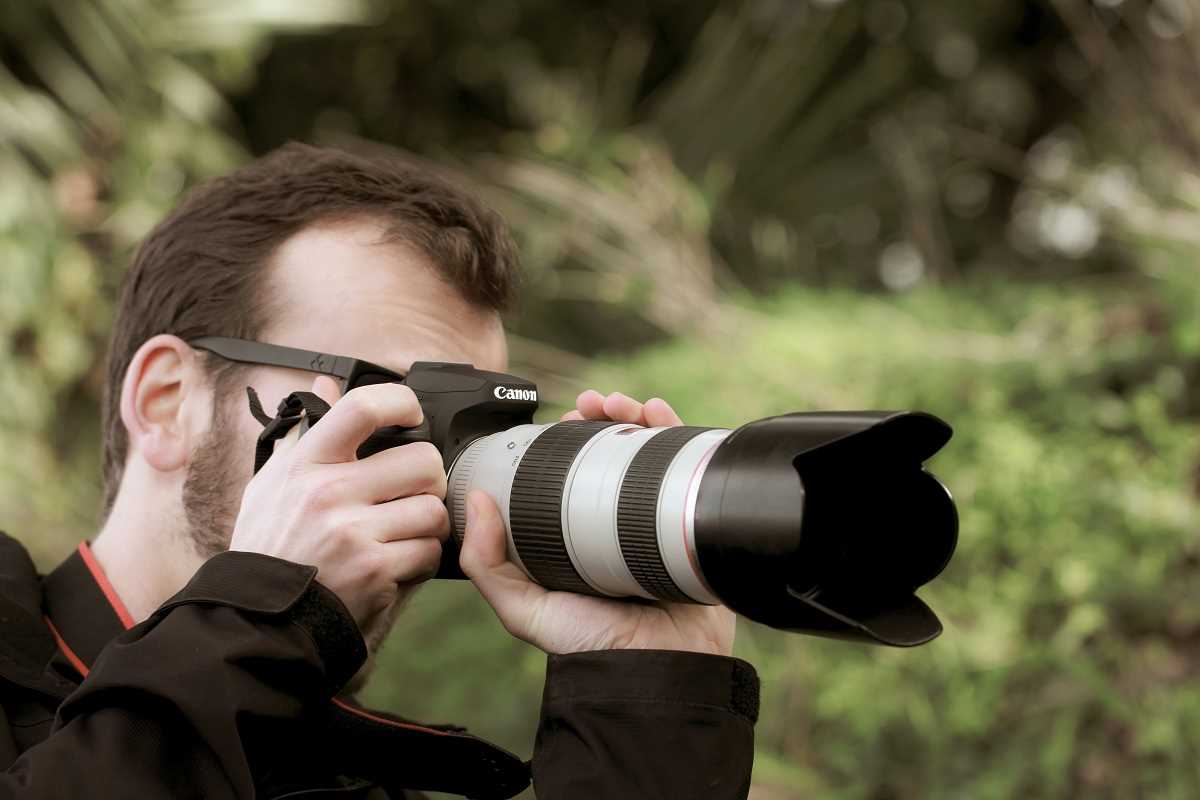 (Image via
(Image via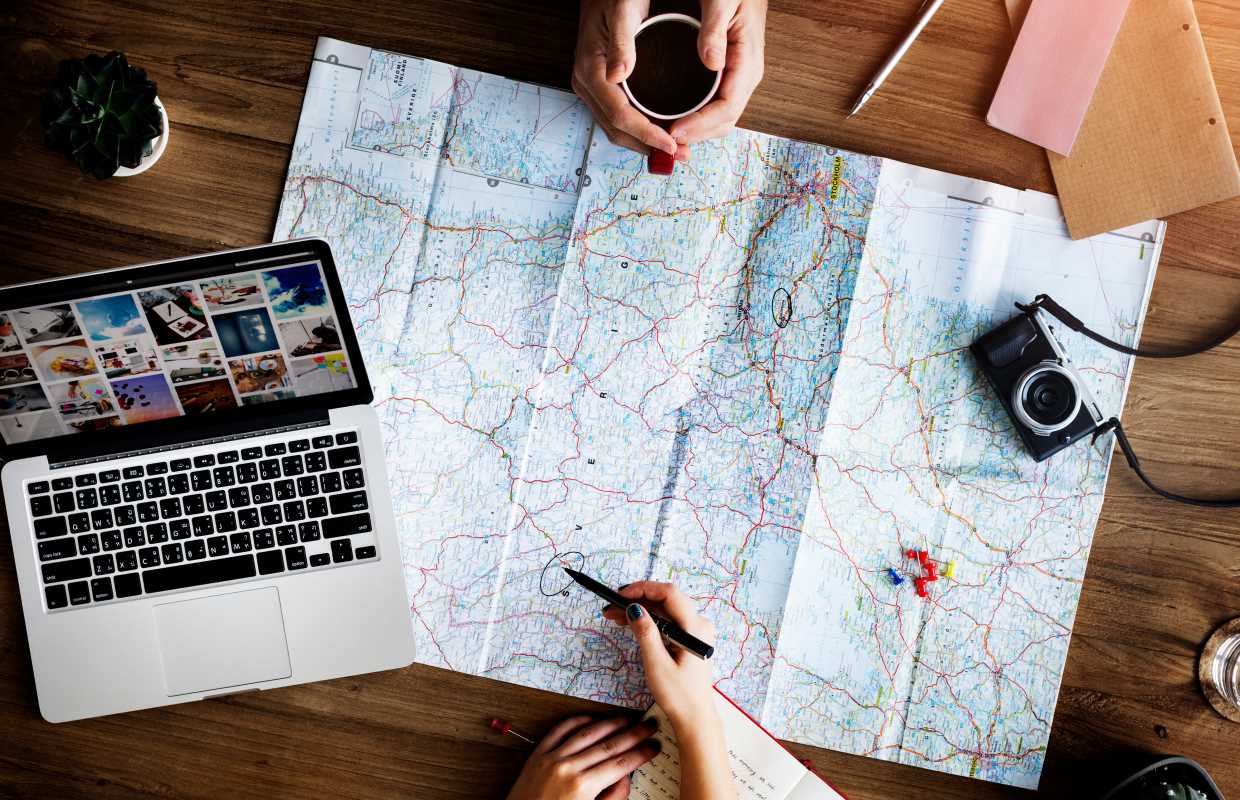
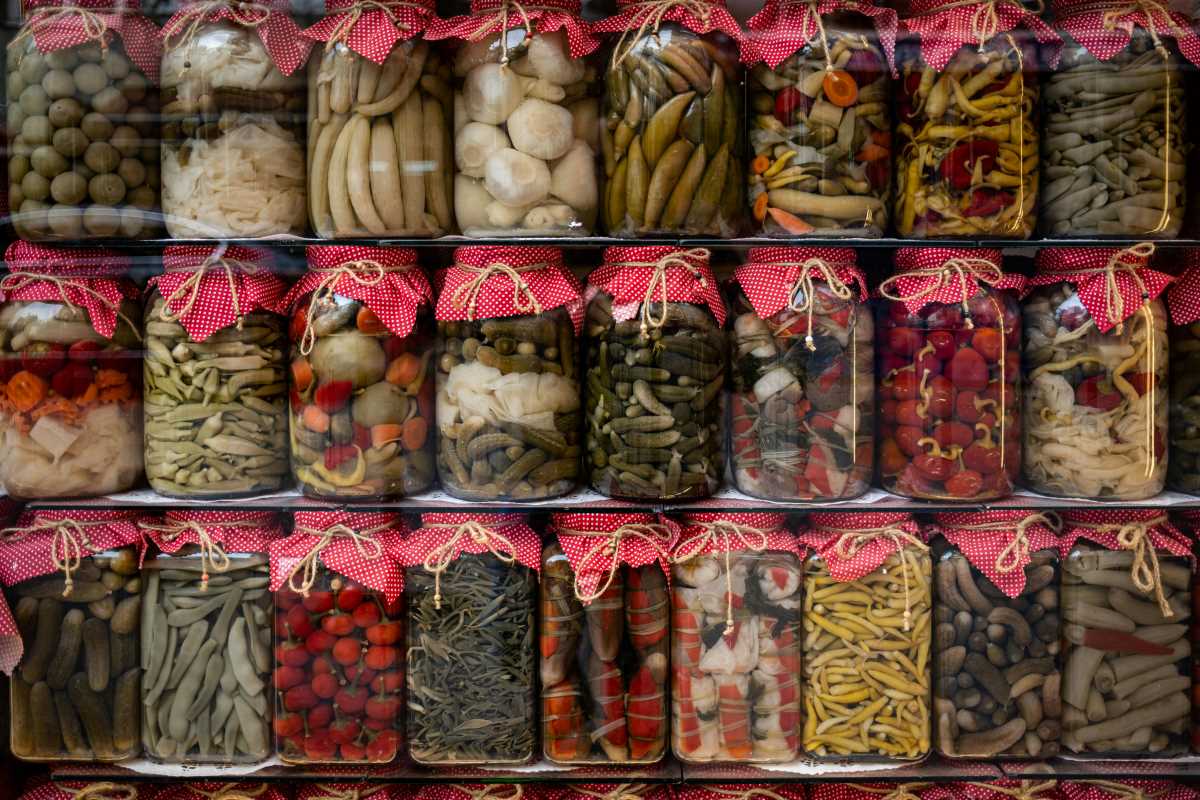
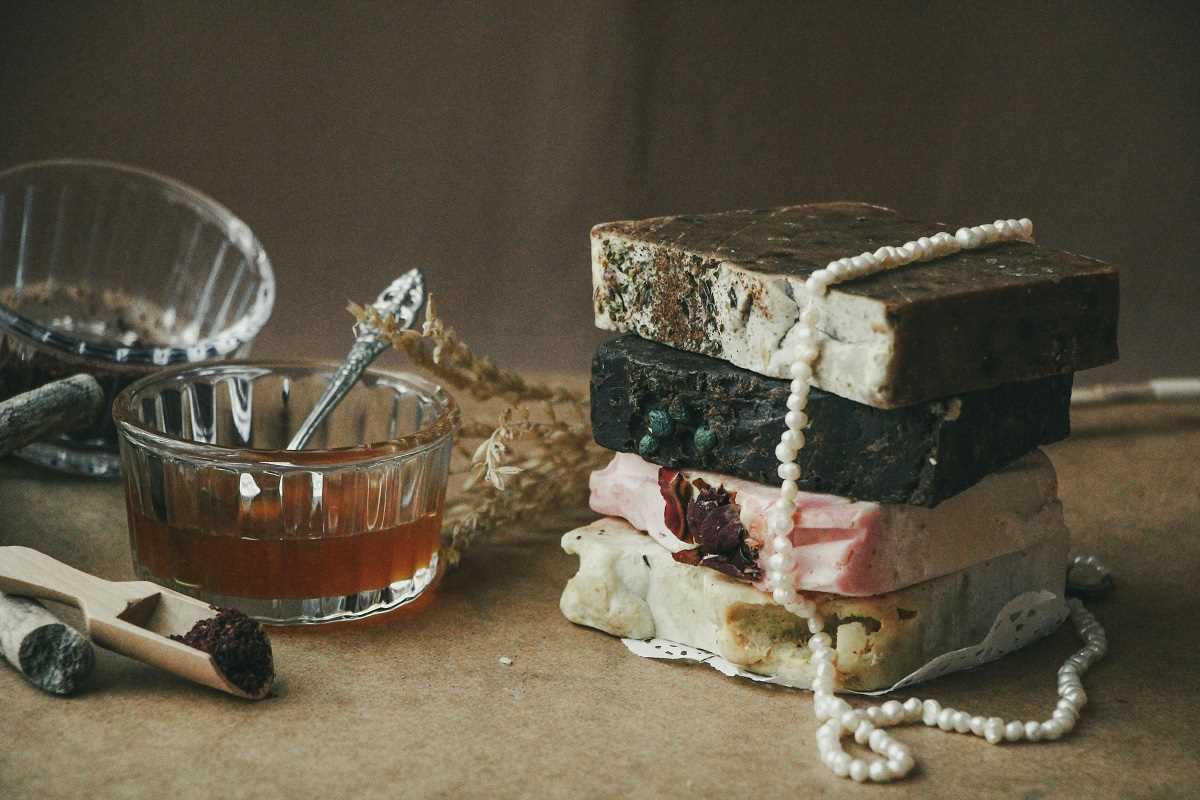

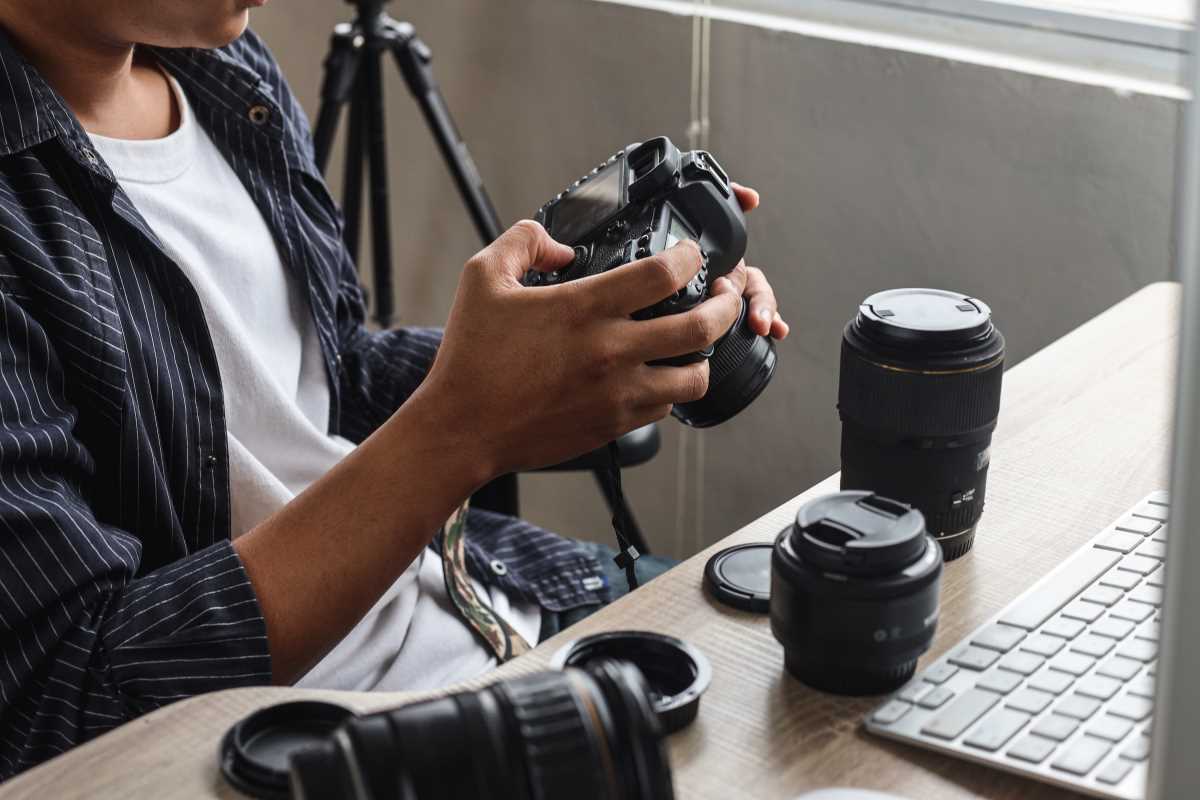
.jpeg)
